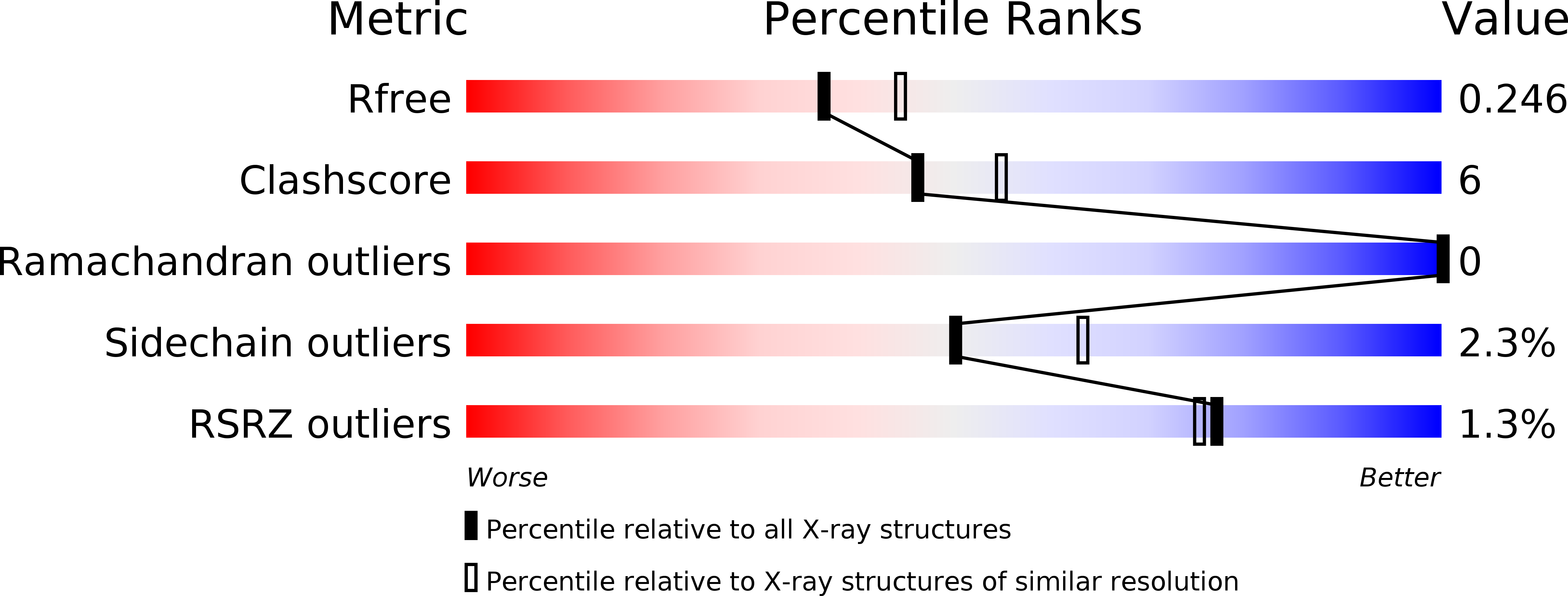
Deposition Date
2007-04-04
Release Date
2007-12-04
Last Version Date
2024-10-16
Method Details:
Experimental Method:
Resolution:
2.20 Å
R-Value Free:
0.25
R-Value Work:
0.20
R-Value Observed:
0.20
Space Group:
P 32 2 1


